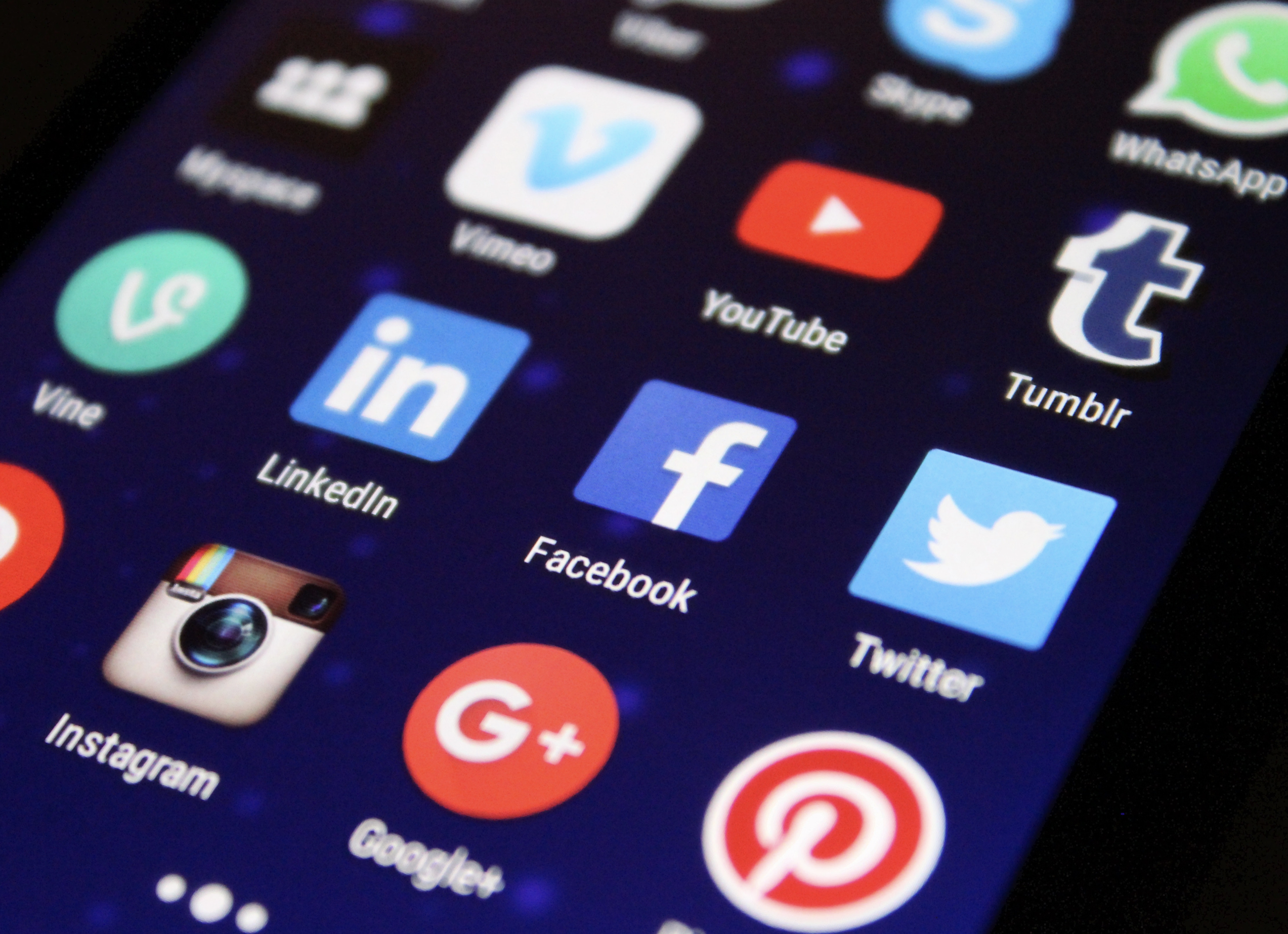Creating a Facebook and Instagram page, maintaining a Twitter account, utilizing Yelp and engaging with your followers are all effective tools to market business. If you have active profiles that you are posting content to regularly and engaging with followers, why should you consider paid social media advertising? While advertising comes with a price tag, it is essential to a proactive social media marketing strategy. Here are some reasons why you should consider throwing paid social media advertising in the mix to promote your business:
Gain back control
Social media advertising is a valuable piece of the marketing puzzle that you have the ability to exert some control over. If you have an upcoming event, promotion or new product launch, paid social media ads allow you to push messaging out to a targeted audience of potential new customers in a specific time period. In addition, you have the flexibility to choose messaging and graphics that you’d like your audience to view and you can define the objective. Adding a call to action to your ad is also an option, encouraging potential customers to visit your website or RSVP to your event.
Targeting
Advertising can be effective, but only if it attracts the attention of the right people. The beauty of paid social media advertising is that it allows you to target a specific geographic location, demographic and psychographic profile. You can drill down and share ads with the people that are most likely to have a connection with your product or service. Social media advertising will even allow you to target the likes and dislikes of consumers and exclude people that have already seen or frequently engaged with your content – the options are almost endless. With paid advertising’s advanced customization, you have the opportunity to get in front of people that previously never knew you existed until they “stumbled” upon your ad in their feed.
Recognition
Not only does social media help spread awareness of your promotion or event, it also builds brand recognition. For example, Facebook and Instagram ads will engage consumers and encourage them to engage their connections as well. When someone engages with an ad they often tag friends in the comments, alerting them about your business and sharing the promotion with their social media contacts.While this is possible with organic content, paid ads push content out to a much bigger audience to get your message seen and it can have a domino effect when customers engage. When consumers share your brand with others, increased visibility and reach follows outside of the initial paid ad, enabling your customer base to grow.
Tracking
Social media advertising platforms are progressively becoming more and more advanced, which gives advertisers tools to better understand who is engaging with ads and measure results. Once you’ve determined your target audience, created the visual assets for your ad and hit “publish”, there’s one true way to measure its success: tracking. Once your ad runs its course, you examine the data to determine what is and isn’t working. If you use AB testing, you can review the messaging and visuals that perform best, how engaged your audience is with an ad, if they clicked to learn more or took action. You can also learn how many times your ad appeared (impressions). This allows you to fine tune future advertising campaigns based on the information you gather from previous campaigns.
Establishing and maintaining social media profiles with well written and visually appealing content is the first step. But to elevate your reach and results, a carefully planned social media advertising strategy, can successfully elevate results. A small investment (especially compared to other advertising media) can increase the reach to your target audience and drive the right customers to your website or through your doors to make a purchase.
If you’re interested in including developing a social media content strategy and adding social media advertising to your marketing plan, let’s talk.
